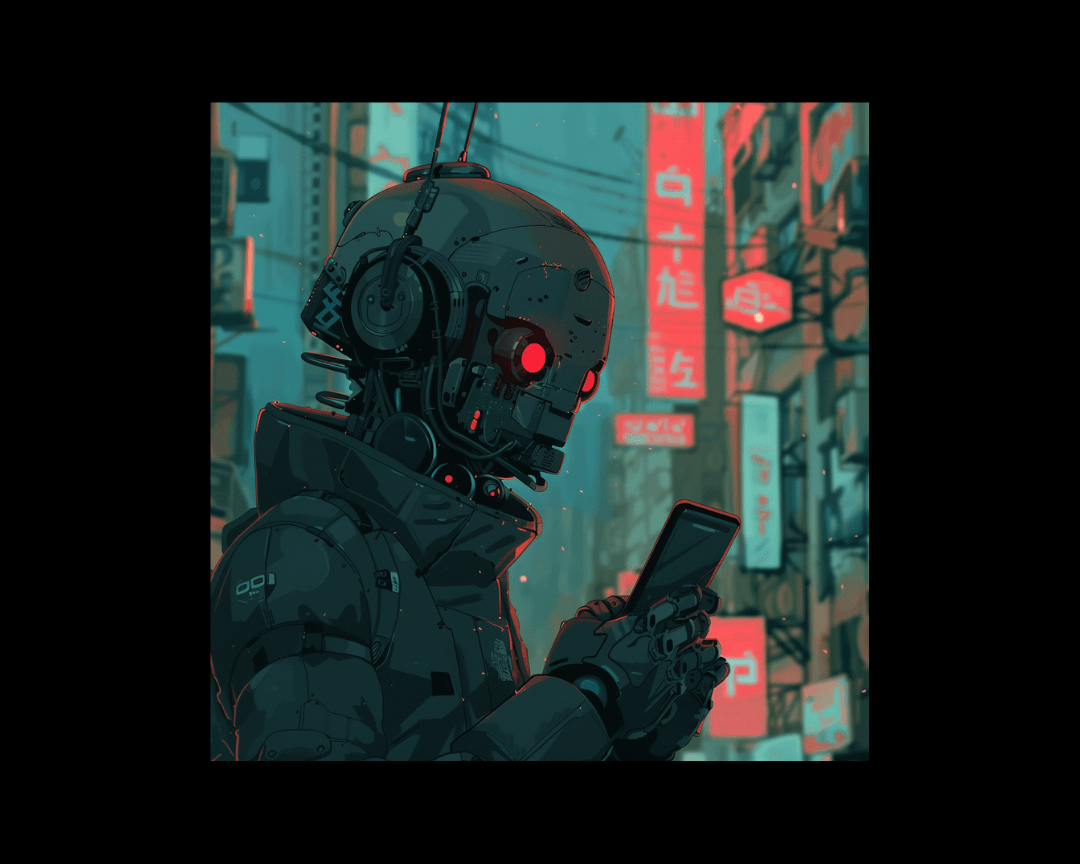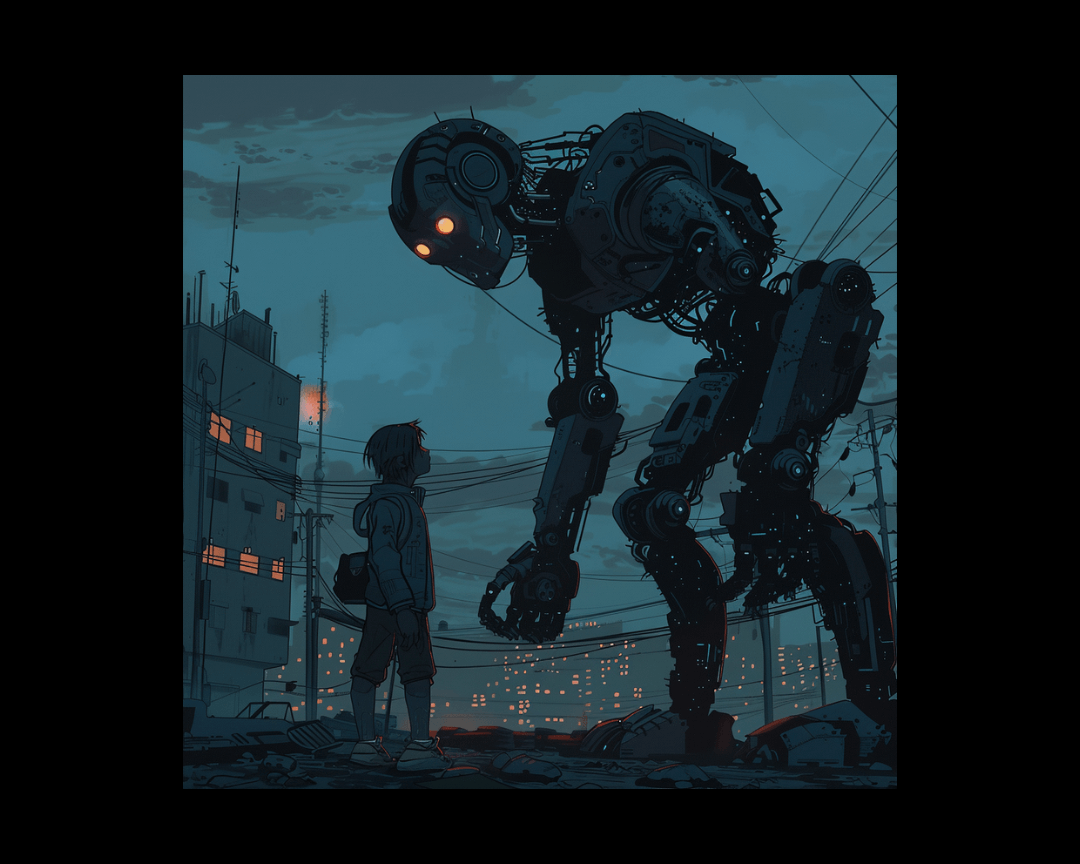New AR Experiences Enhance 2024 Olympics Viewing
The 2024 Olympics are set to be more immersive than ever, with a range of new augmented reality (AR) elements to celebrate the Games, including AR...
-3.png)
As artificial intelligence (AI) continues to advance, one of the most exciting applications in the marketing world is the AI face generator video. These tools allow businesses to create hyper-realistic human faces and integrate them into videos, providing marketers with new opportunities to engage audiences in innovative and cost-effective ways. Whether you’re looking to create realistic avatars for customer service, promotional videos, or personalized content, AI-driven face generators can help streamline video production and elevate your marketing campaigns.
In this article, we’ll explore the software options available, how they work, the costs involved, the legal landscape, and best practices for using these tools effectively in marketing.
An AI face generator video refers to software or tools that use artificial intelligence to create human-like faces or avatars that can be animated and placed in videos. These faces are not real people; they are entirely generated by AI, with realistic facial expressions, lip-syncing, and emotions that mimic human behavior. The video itself can be entirely AI-generated or edited to include these AI faces alongside live-action footage.
These tools typically rely on Generative Adversarial Networks (GANs) and deep learning algorithms to produce the faces. By training on vast datasets of real images, the AI can create new faces that are both highly detailed and unique. This technology has broad applications in marketing, ranging from customer service bots to personalized video content.
There are several software tools that businesses can use to create AI-generated faces and videos. Below are some of the most popular options:
How it Works: Synthesia is one of the leading AI video generation platforms. It allows users to create realistic AI avatars and generate videos where the avatars speak with natural-looking lip-syncing. The software uses pre-designed avatars or allows you to create a custom avatar using your own face.
Cost: Synthesia's pricing starts at $30 per month for individuals but can range from $300 per month for enterprise plans. Custom avatars and branding may incur additional fees.
Legality: Synthesia is fully compliant with intellectual property laws, and users must ensure they have the rights to any content used in their videos (e.g., voice recordings, scripts).
IP Ownership: The intellectual property of the videos generated with Synthesia typically remains with the user, but users must adhere to the platform’s licensing terms regarding the use of AI avatars.
How it Works: Reface uses AI to swap faces in videos and images. While it's commonly used for entertainment purposes, it can be applied in business to create engaging promotional material by swapping faces with company leaders or avatars to personalize ads and marketing content.
Cost: Reface is free with limited features, but the premium version costs around $4.99 per month.
Legality: Reface’s terms and conditions prohibit the use of the app for malicious purposes, including using AI faces for misleading or deceptive practices. However, as long as you are not using someone else’s likeness without permission, the use is generally legal.
IP Ownership: The generated faces and videos created using the app are owned by the user, but it’s important to remember the terms of service and guidelines set forth by the platform.
How it Works: DeepBrain allows users to generate AI avatars that can talk and move naturally, creating lifelike representations for videos. The platform supports a variety of use cases, from customer service videos to educational content and marketing campaigns.
Cost: DeepBrain offers pricing plans starting from $50 per month for basic usage. For more advanced features like custom avatars and larger-scale productions, pricing can reach up to $1000 per month.
Legality: DeepBrain adheres to copyright and trademark regulations, meaning businesses using the platform must be cautious about the content they produce, particularly in relation to branded assets and faces.
IP Ownership: The generated content is typically owned by the user, though the software’s terms should be reviewed to confirm that rights are retained.
How it Works: Hour One specializes in turning text into video with human-like AI-generated avatars. The avatars speak the text you input, making it perfect for creating product demos, educational videos, and personalized marketing content without the need for real actors.
Cost: Hour One offers custom pricing based on usage and features, with prices starting at $100 per month.
Legality: The platform follows strict compliance regulations, ensuring the legal use of AI-generated faces for marketing. Users should be aware of the legal implications of using AI avatars in various industries (e.g., finance or healthcare).
IP Ownership: Similar to other tools, Hour One’s intellectual property terms state that the generated content typically belongs to the user, but users must comply with platform guidelines.
While the use of AI face generator tools offers exciting possibilities, it’s important to understand the legal implications. Here are some key points to keep in mind:
Using AI-generated faces is generally legal, but businesses must ensure that:
The ownership of intellectual property (IP) generated by AI varies depending on the platform and usage. In most cases:
AI face generator video tools have immense potential for marketing, but to use them effectively and ethically, here are some recommendations:
Make it clear when AI-generated faces or avatars are being used, especially if they represent customer service agents or brand ambassadors. Misleading customers into thinking they are interacting with real people can damage trust.
AI avatars can be used to create highly personalized videos for marketing campaigns, such as:
Rather than relying on actors or real employees for video content, businesses can use AI faces to scale their content production without compromising quality. This can help reduce production costs and improve efficiency in creating video content.
Avoid using AI-generated faces in manipulative or misleading ways. Ensure that AI faces represent your brand values and don’t contribute to misinformation or disinformation.
Like any other marketing tool, it’s essential to measure the effectiveness of AI-generated content. Use analytics tools to assess how engaging these videos are compared to traditional videos. Track metrics such as viewer retention, click-through rates, and conversion rates.
As AI technology advances, businesses will have more options for integrating hyper-realistic avatars into their marketing strategies. Stay updated on new tools and capabilities, and be ready to innovate as the market evolves.
AI face generator video tools are revolutionizing how businesses approach marketing content creation. They offer cost-effective, scalable, and personalized options that can engage customers in innovative ways. By selecting the right platform, adhering to legal and ethical standards, and focusing on transparency, businesses can leverage this technology to build deeper connections with their audiences. As with all new technology, caution is key, but with the right approach, AI-generated faces can significantly enhance your marketing strategy.
-1.png)
The 2024 Olympics are set to be more immersive than ever, with a range of new augmented reality (AR) elements to celebrate the Games, including AR...

In a world where AI-generated content is becoming more prevalent, TikTok refused to be left behind. The social media giant announced a game-changing...

Let's talk about the elephant in the room: ChatGPT and all these other AI tools blowing up right now. We know some of y'all are shook, thinking...